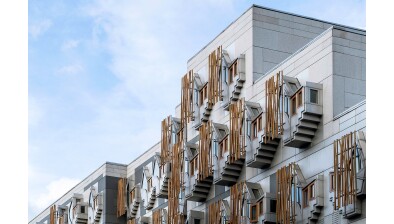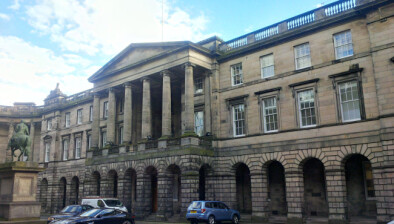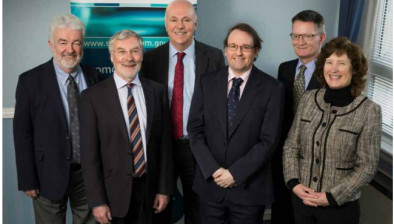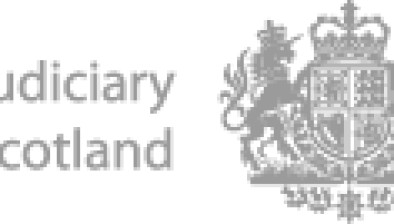Review: The enduring power of Britain’s ruling class
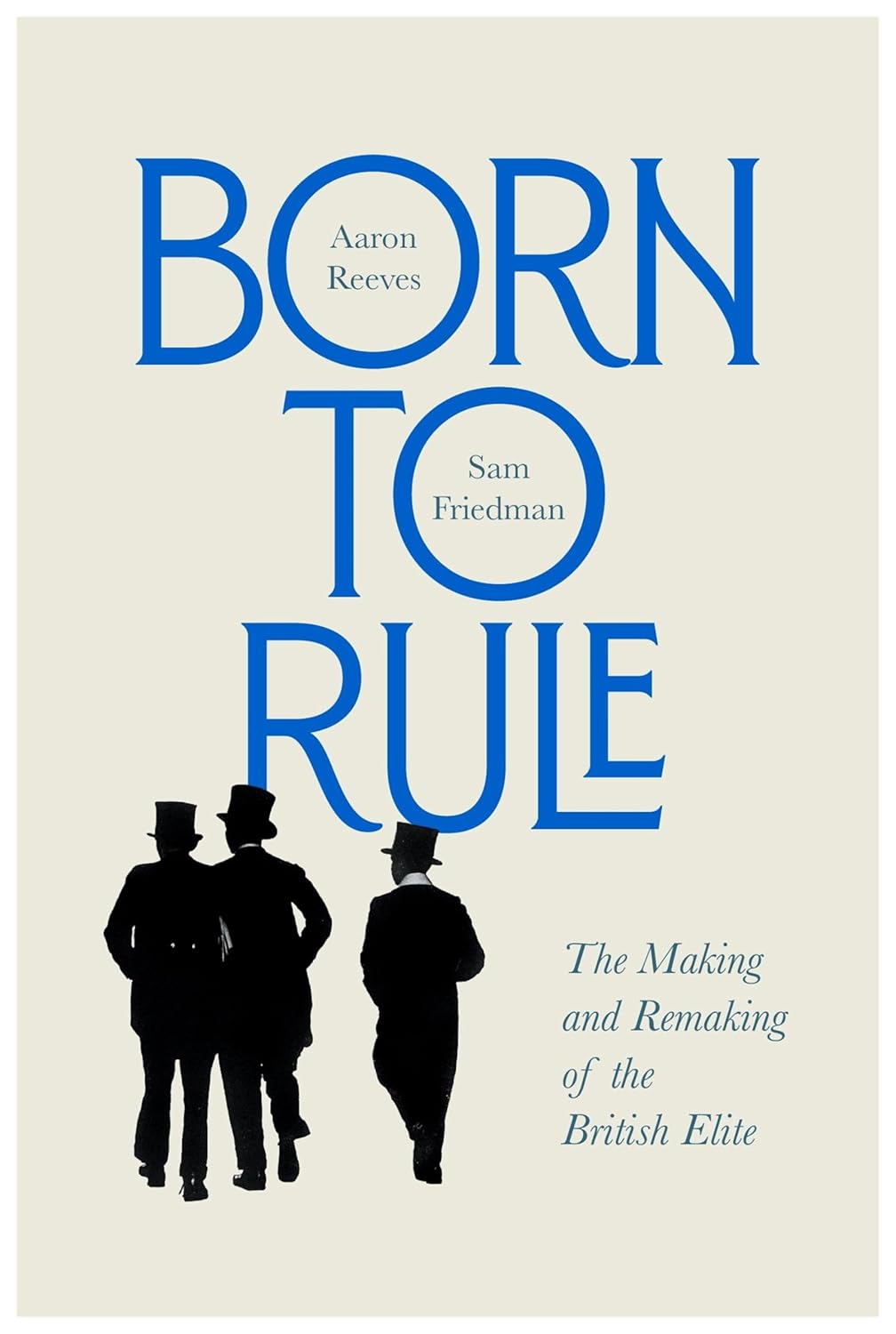
Messrs Reeves and Friedman with this study present a modern sociological view of ‘the British elite’. Who are the purported elites, or, following one definition, the ruling minority?
The professorial authors rely on entries in Who’s Who and yet emphasise the “conceptual fuzziness” as to who constitute the elite or elites, and they discuss the various definitions of others.
In their first chapter the research is explained (with a detour into Elite Theory) that identified two groups: a positional elite of 33,000 individuals, who have national influence, and a smaller wealth elite of around 6,000 people.
In the second chapter the professors look at how the identified British elite sees itself. This attracts the attention of sociologists as many in the group oppose vociferously the idea of there being an elite.
It seems that the elite now prefer to be regarded as different from the elites in the past, more ordinary, meritocratic, and tolerant: reference is made by the professors to “a logical strategy of impression management”.
The third chapter considers the issue of elite tastes. This charts the move from landed estates to the fine arts and then to the modern mode of blending highbrow pursuits with everyday pastimes, such as spending times with family, friends and pets.
The authors aim to revive interest in who gets to the very top and refine the way the topic is studied. First, they seek to avoid “a snapshot” and study a period of 125 years. Secondly, the “propulsive power of specific backgrounds (rather than the broad measures of parental occupation)” is found by examining how the chances of reaching the elite vary if one was born in the top one percent of the wealth distribution.
Finally, the relationship between “key channels of elite formation” is studied to seek to understand the way elite origins, schools, and universities “often work in concert to propel elite trajectories”.
Thus, chapter four reveals that the relationship between wealth origin and membership in the elite has declined, at most, only modestly.
If one “hails” from the top one percent of wealth distribution, then one has consistently been about twenty times more likely to reach the British elite than others in the United Kingdom population born at a similar time.
The single exception, “our deviant case”, of someone dying wealthy but whose descendants did not show up in Who’s Who as part of the continuing elite is said to be Alexander Ure QC, Lord Strathclyde of Sandyford, sometime lord president and lord justice general.
The peer died without heirs and a successor to his title. Despite his substantial wealth at his death in 1928 (said to be £7,500,000) the remainder of his family was “not embedded in elite networks”.
That example in fact might well be matched by other Scots lawyers which might on a later occasion call into question some of that part of the argument about elites. Inevitably, it might be felt, consideration is needed of “the propulsive power of Britain’s most elite schools” and that is the basis of chapter five.
While these schools “remain tremendously powerful channels of elite formation”, the authors show that the power of these schools has declined “significantly” over time. A tentative suggestion is that the divergent trends illustrate the shapeshifting capacities of wealth. In chapter five the authors explain how some schools still “effortlessly propel their old boys – particularly the less academic ones – into elite positions”.
Nevertheless, that arrangement has not weakened the ability of wealthy families to “convert their wealth” into advantages for their children via other means.
In chapter six the professors examine “Britain’s other main channel of elite recruitment”, the universities of Oxford and Cambridge, whose graduates “remain profoundly over-represented in the British elite”.
The conclusions points to “the cumulative power of Britain’s channels of elite recruitment, where the sum is more that its parts”. Also, there are “arguably”, two outcomes for those who attended Oxford or Cambridge: one for “a closely networked group of (largely white)” old boys, and one for everyone else.
In the remaining three chapters the professors consider their bespoke survey data to consider related arguments of other commentators, and also explore the distinct political identities of specific groups in society as it is now.
The overriding point of this substantial and yet interesting study is to assist “us” to get the elites that “we need”, although it is not necessarily agreed by all that elites are needed or how that might be done.
This book is likely to remain an important source of material for sociologists, political scientists and policy makers for a long time because of the intense analysis and insights into an important part of society.
It might be asked, rhetorically, if very much has changed, beyond a slight adjustment at the margins over a long time, to the basis of the British ruling elite however defined?
Born to Rule: The Making and Remaking of the British Elite by Aaron Reeves and Sam Friedman. Published by Belknap Press, 317pp, £20.







